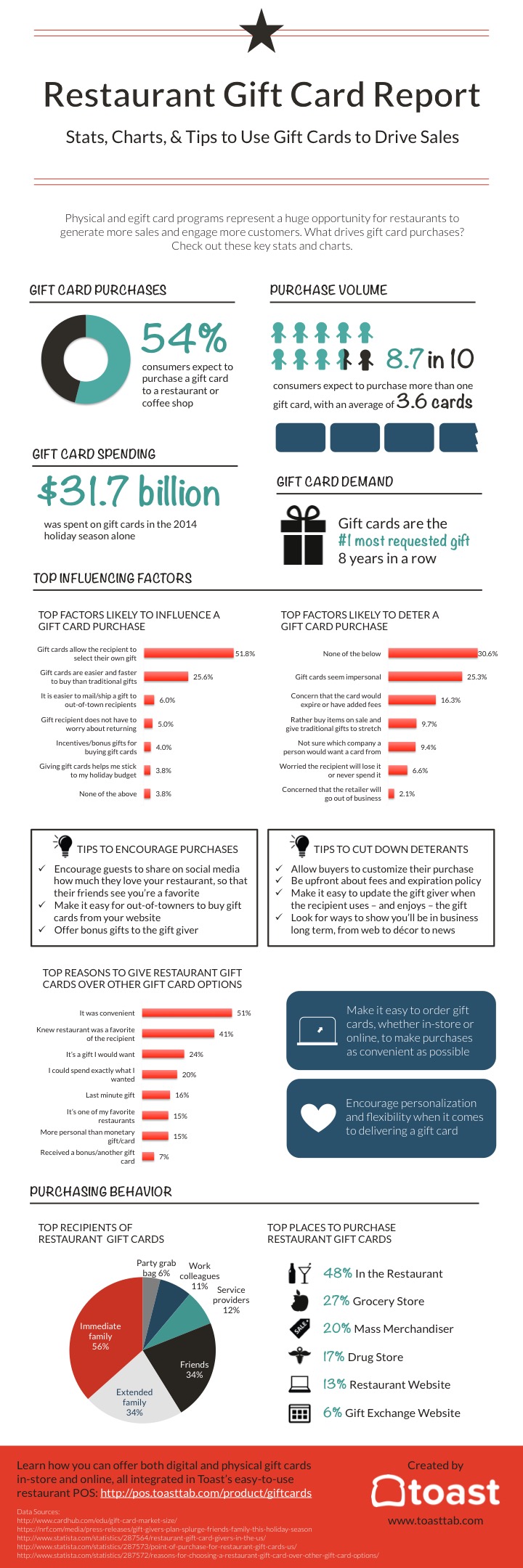Developed between East and Egypt on hardstone, copper wheel etching survived as a craft in seventeenth century Bohemia and Dresden on glass. It was made use of for a variety of purposes, consisting of portraying the imperial double-headed eagle (Reichsadlerhumpen) and allegorical motifs.
Engravers of this period gradually deserted straight quality in favour of crosshatched chiaroscuro results. A couple of engravers, such as Schongauer and Mantegna, managed glass with a sculptural feeling.
Ancient Art
By the end of the 17th century, however, diamond-point engraving was being replaced by wheel inscription. 2 noteworthy engravers of this period are worth reference: Schongauer, that elevated the art of glass inscription to match that of painting with works like Saint Anthony Tortured by Demons, and Mantegna, that shaded his illustrations with brief doodled lines of varying width (fig. 4) to attain chiaroscuro results.
Various other Nuremberg engravers of this time included Paul Eder, who mastered fragile and small landscapes, and Heinrich Schwanhardt, who engraved engravings of great calligraphic high quality. He and his child Heinrich also developed the strategy of engraving glass with hydrofluoric acid to create an effect that resembled glass covered in ice. The engraved surface could after that be reduced and etched with a copper-wheel. This method is employed on the rock-crystal ewer revealed right here, which combines deep cutting, copper-wheel inscription and sprucing up. Determining the engraving on such items can be tough.
Venetian Glass
When Venice was a European power, Venetian glassmakers took the lead in numerous high value-added industries. Unlike fabrics and style, glassmaking kept a legacy of innovative methods. It likewise carried seeds of the attractive splendour embodied in Islamic art.
Nonetheless, Venetian glassmakers were not excited to share these ideas with the remainder of Europe. They maintained their craftsmen cloistered on the island of Murano so they would certainly not be influenced by new fads.
Although demand for their item ebbed and flowed as tastes transformed and rival glassmakers emerged, they never ever lost their interest affluent patrons of the arts. It is consequently not a surprise that engraved Venetian glass shows up in many still life paints as a symbol of deluxe. Commonly, a master gem cutter (diatretarius) would certainly cut and decorate a vessel at first cast or blown by another custom glass message ideas glassworker (vitrearius). This was a pricey venture that called for excellent skill, perseverance, and time to create such detailed job.
Bohemian Glass
In the 16th century, Bohemian glassmakers adapted the Venetian dish to their own, developing a much thicker, clearer glass. This made it less complicated for gem-cutter to carve similarly they carved rock crystal. In addition, they established a method of reducing that allowed them to make extremely detailed patterns in their glasses.
This was adhered to by the production of tinted glass-- blue with cobalt, red with copper and light green with iron. This glass was preferred north of the Alps. Additionally, the slim barrel-shaped goblets (Krautstrunk) were additionally popular.
Ludwig Moser opened up a glass design workshop in 1857 and was successful at the Vienna International Exhibit of 1873. He established a totally incorporated factory, supplying glass blowing, polishing and inscribing. Until completion of World War II, his firm controlled the market of personalized Bohemian crystal.
Modern Craft
Engraving is among the earliest hand-icraft techniques of attractive refinement for glass. It requires a high degree of precision along with an artistic creativity to be reliable. Engravers should additionally have a sense of structure in order to tastefully incorporate shiny and matte surface areas of the cut glass.
The art of inscription is still alive and successful. Modern techniques like laser engraving can attain a higher level of information with a greater speed and precision. Laser technology is likewise able to generate designs that are less prone to chipping or breaking.
Inscription can be used for both industrial and attractive purposes. It's prominent for logo designs and hallmarks, as well as ornamental decorations for glassware. It's also a prominent means to add personal messages or a champion's name to prizes. It's important to note that this is an unsafe job, so you should always make use of the appropriate safety devices like safety glasses and a respirator mask.
